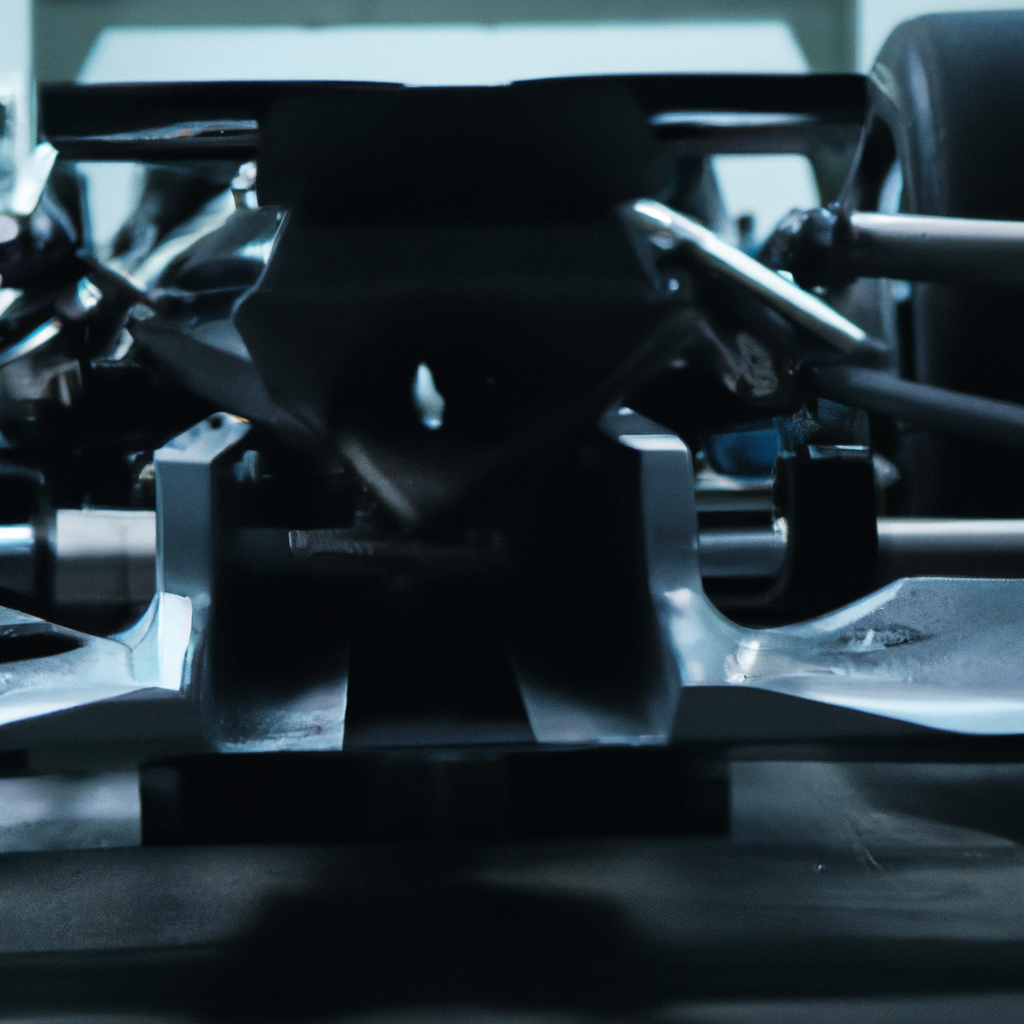The suspension system in a Formula 1 car is an essential component that plays a significant role in the car’s performance. It is responsible for maintaining the car’s stability and handling at high speeds, ensuring the driver can push the car to its limits. In this article, we will delve deeper into the mechanics behind the F1 suspension system, suspension technology, suspension design, and how it impacts the car’s handling.
What is a suspension system?
A suspension system is a collection of mechanical components that connect a vehicle’s body to its wheels. It helps absorb shocks, vibrations and ensures smooth and stable handling. The suspension system is made up of various parts, including springs, dampers, anti-roll bars, and wishbones.
The Components of a Formula 1 suspension system
The suspension system in Formula 1 racing cars is highly sophisticated and designed to provide the best possible handling and stability. Here are some of the components of an F1 suspension system:
Wishbones
Wishbones, also known as A-arms, are the primary suspension links that connect the wheels to the car’s chassis. They come in two types: upper and lower wishbones, with the lower wishbone usually longer than the upper wishbone. The wishbones are designed to keep the wheels in a specific position while allowing them to move up and down in response to bumps in the road.
Spring and Damper
The spring and damper are critical components of the suspension system. The spring supports the car’s weight and absorbs the shocks from the road surface, while the damper controls the spring’s movement and ensures that the wheel stays in contact with the ground. The spring and damper work together to keep the car stable and ensure a smooth ride.
Anti-roll bars
Anti-roll bars connect the left and right suspension systems of the car, providing stability and preventing the car from rolling during corners. The anti-roll bars are adjustable, allowing the driver and engineers to fine-tune the car’s handling and balance.
Suspension Technology in Formula 1
Suspension technology in Formula 1 racing cars is continually evolving, with teams always looking for ways to improve car performance. Here are some of the suspension technologies used in F1:
Active Suspension
Active suspension technology uses sensors and electronics to adjust the car’s suspension in real-time, optimizing the handling and stability of the car. Active suspension was banned in F1 racing in 1994, but the technology still exists in some high-end road cars.
Hydraulic Suspension
Hydraulic suspension is a technology that uses hydraulic pressure to adjust the car’s ride height and stiffness. This technology is used in some F1 cars, with the hydraulic system allowing engineers to adjust the car’s ride height and balance.
Suspension Design and Car Handling
The suspension system in an F1 car plays a crucial role in the car’s handling. The design of the suspension system impacts the car’s balance, weight distribution, and responsiveness. A well-designed suspension system can give a car a competitive edge over its rivals. Here are some of the factors that impact car handling:
Stiffness
The suspension system’s stiffness determines how quickly the car responds to changes in the road surface. A stiffer suspension system provides better handling and stability but can be uncomfortable for the driver.
Weight Distribution
The weight distribution of the car impacts its handling and stability. A well-designed suspension system ensures that the weight is distributed evenly between the front and rear of the car, providing optimal handling.
Camber
Camber is the angle at which the wheels are tilted in or out. The camber angle impacts the car’s grip on the road surface, with a negative camber providing better grip during cornering.
Conclusion
The suspension system in an F1 car is a complex and critical component that impacts the car’s performance and handling. Suspension technology is continually evolving, with teams looking for ways to optimize their cars’ suspension systems to gain a competitive edge. A well-designed suspension system ensures that the car is stable, responsive, and provides the driver with the confidence to push the car to its limits.







